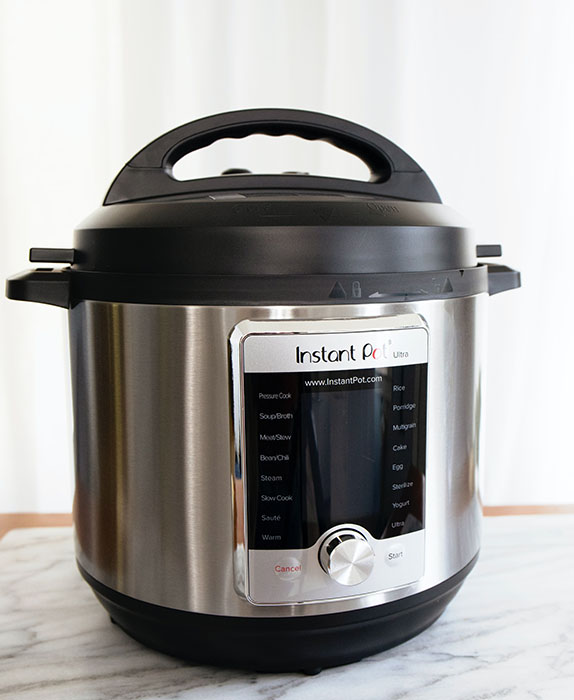#MoveTheDate
0.9
Days
Reducing the energy dedicated to cooking in high-income region households by 1/3 would move Earth Overshoot Day by 0.9 days.
How does it #MoveTheDate?
Cooking and refrigeration activities represent 8% of residential energy use in wealthier global households. Reducing this value by 1/3 has an impact on the total residential footprint, and thus the total global footprint.
How is it scalable?
Current cooking practices are relatively energy inefficient. Refrigerators are getting larger rather than smaller and gas stoves are still commonplace, leaving ample opportunity to change these trends.
How does it #MoveTheDate?
Cooking and refrigeration activities represent 8% of residential energy use in wealthier global households. Reducing this value by 1/3 has an impact on the total residential footprint, and thus the total global footprint.
How is it scalable?
Current cooking practices are relatively energy inefficient. Refrigerators are getting larger rather than smaller and gas stoves are still commonplace, leaving ample opportunity to change these trends.
Cooking food was humanity’s first domestic use of energy. It has allowed us to turn even more of the planet’s bounty into tasty, digestible food. Yet with the introduction of technology, cooking has evolved into a relatively energy inefficient activity.
Refrigerators are among the largest electricity consumers in urban homes and the amount of electricity used is highly dependent on both their construction and their usage. The more we open them, the more we lose refrigerated air, especially in the case of upright refrigerators with vertical doors. Re-cooling the air in the refrigerator comes at a huge electricity cost.
Heating food is also energy intensive. Many tricks allow us to be far more energy efficient, sometimes even enhancing the taste of food. A few examples are:
- Slow-cooking in well insulated pots to produce delicious stews.
- Covering pots with lids to massively reduce evaporative losses with little impact on taste
- Using ovens for various foods simultaneously to make better use of the heat being produced.
- The efficient transfer of heat from heat sources into our food, whether by using the right pan or with efficient equipment such as a microwave.
- Pressure cooker technology, which was popularized early in the 20th century when energy was more expensive, reduces both the time and energy required for cooking. Advances in pressure cooker technology, especially low maintenance, customizable electric cookers, have given rise to their recent popularity; gone are the days when pressure cooker users were considered daredevils.
How much can carbon emissions be reduced by cooking and preparing food more efficiently? Cooking energy in low-income countries represents 90% of the households’ energy use, according to the Energypedia. In contrast, in the US, cooking and cooling food makes up just under 10% of a house’s total energy consumption. In the US, space heating and cooling makes up the bulk of the energy used in houses (nearly 90%). Still, given that low-income populations may be less able to improve their equipment, but higher-income households may be able to cut their cooking-related energy usage by 1/3, we assume that more efficient cooking could reduce the energy demand of those residences by 3% (or 1/3 of 10%) worldwide.
There’s no benefit in waiting!
Acting now puts you at a strategic advantage in a world increasingly defined by ecological overshoot. Countless solutions exist that #MoveTheDate. They’re creative, economically viable, and ready to deploy at scale. With them, we can make ourselves more resilient and #MoveTheDate of Earth Overshoot Day. If we move the date 6 days each year, humanity can be out of overshoot before 2050.

